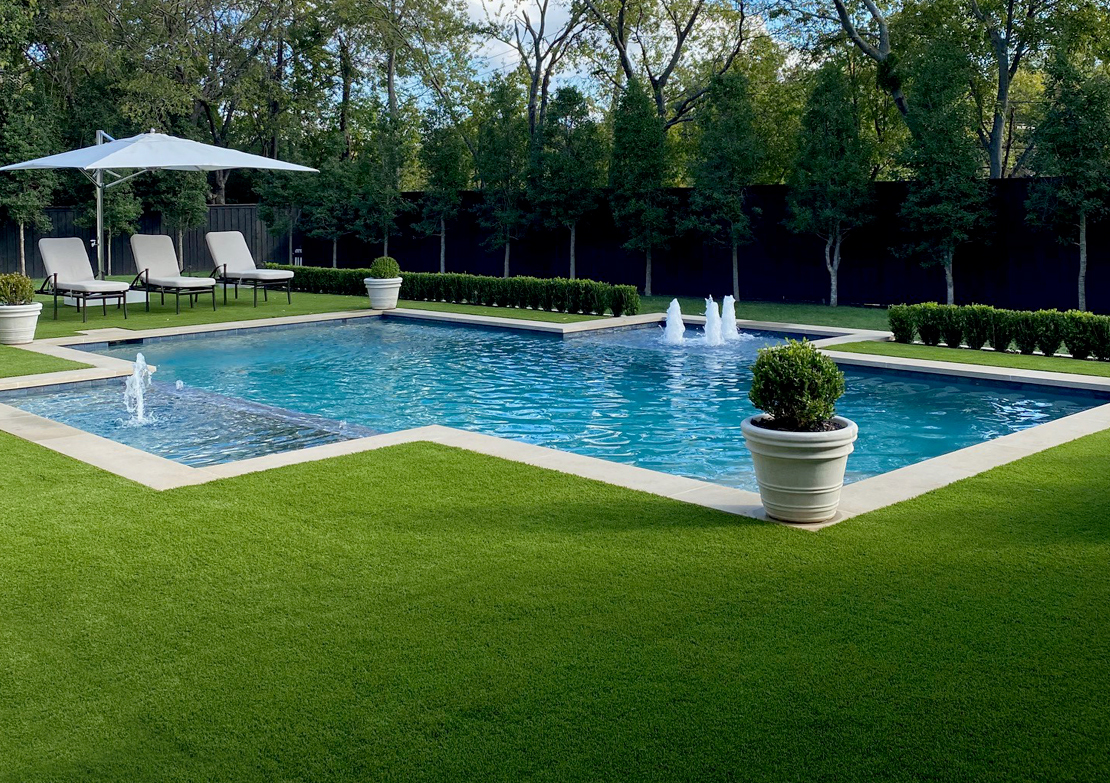Why February is the Best Month to Start Your Sports Facility Design and Construction Project
When it comes to planning and building a sports facility, whether it’s for a home gym, commercial fitness center, or specialized sports arena, timing is everything. While many people may not give much thought to the timing of their construction projects, February offers distinct advantages that make it the perfect month to get started on your sports facility design and construction. Here are the key reasons why February is the optimal time to begin your sports facility project:
1. Early Start for Summer or Fall Openings
Starting your project in February gives you a significant head start if you’re aiming to open your sports facility by summer or fall. Many construction projects take several months, and this timeline allows for the completion of your facility just in time for peak usage periods. For commercial facilities, the late summer or early fall is often the busiest season for sports leagues, schools, and fitness programs. Planning your project for February means you’re on track to open when demand is high, which can maximize your investment.
- Pro Tip: Starting early gives your contractors the ability to manage the project without the rush or seasonal constraints of late spring or summer. This ensures a more predictable timeline for completion.
2. Avoid Construction Delays
The colder months, including February, typically experience slower construction schedules, and this can actually work to your advantage. Many construction firms, especially those in regions where winter weather is harsh, experience slower business in the off-season. As a result, they may be more available to start projects during this time and may be more focused on delivering quality work.
Starting your project in February ensures that you are at the front of the line before the spring and summer rush, when contractors’ schedules fill up rapidly. This reduces the risk of delays, as your project will likely receive more attention and priority.
3. Easier Access to Materials and Resources
Many sports facility construction projects rely on specialized materials like high-performance flooring, turf, or gym equipment, which may be in limited supply during peak building season. Starting in February means you can lock in these materials before the supply chains are overwhelmed by a higher demand in the spring and summer months. Additionally, suppliers are more likely to offer discounts or be flexible with delivery times in the winter, as they are less busy than during peak season.
- Pro Tip: You can take advantage of post-holiday discounts on bulk purchases of gym equipment, flooring, and other materials during the early part of the year, potentially saving significant costs on your overall project.
4. Weather-Related Advantages
While February can be cold, it is often a relatively dry month, especially in comparison to the rainy spring months. This can be a huge advantage if your project includes outdoor components such as tennis courts, baseball fields, or landscaping. With fewer weather interruptions, construction can proceed smoothly, and you can avoid costly weather delays that typically arise in the spring months when rainstorms are more frequent.
If your facility requires indoor spaces, such as a gym or fitness center, February is an excellent time to begin as it’s before the hot summer months, reducing the risk of heat delays on your construction team.
5. Financial Planning and Budgeting Benefits
For business owners looking to build commercial sports facilities, starting your project in February can provide valuable tax benefits. By beginning the construction process early in the year, you may be able to take advantage of specific tax deductions available for new construction, improvements, or even purchases of fitness equipment for your facility.
Additionally, February allows you to better plan your finances for the entire year, giving you time to allocate the necessary funds and secure financing. By avoiding the rush, you can ensure that your budget is more controlled, and you have the flexibility to make any adjustments as the project progresses.
6. Plan and Design with Careful Attention
In the winter months, especially February, the demands on sports facility designers and architects are often less hectic. This creates an opportunity for you to collaborate closely with professionals, ensuring your design is customized to meet your specific needs. You can take the time to refine the design, consider multiple options, and make decisions without feeling rushed.
If you are planning a unique or complex facility, such as an indoor track, specialized courts, or multi-use fields, the detailed planning phase can be given the necessary attention it deserves. A well-thought-out design will help you avoid costly mistakes and changes down the line.
- Pro Tip: During the winter months, design professionals are often more flexible in terms of availability, allowing you to have more one-on-one consultations and time to review designs.
7. Get a Jump on Permits and Approvals
Starting your project in February also allows ample time to navigate any regulatory or permitting requirements without running into seasonal backlogs. Local government offices and permitting authorities tend to be less busy during the winter months, which means you are more likely to receive quicker approvals for zoning, building permits, and inspections.
This early start gives you the chance to work through any potential roadblocks before construction begins and reduces the chances of unexpected delays due to permit issues.
8. Longer Lead Time for Custom Features
Sports facilities often require customized elements, such as custom sports flooring, gymnasium equipment, or even specialized outdoor installations like bleachers or lighting systems. These items often have long lead times and can take several weeks or months to be manufactured and delivered. Starting your project in February gives you plenty of time to order these specialized items well in advance, preventing delays in your project once construction is underway.
9. Less Competition for Contractors and Subcontractors
Many people consider spring or summer to be the optimal time for starting construction, leading to an influx of new projects. By beginning in February, you can avoid competing with numerous other builders for contractors, electricians, plumbers, and other skilled workers, ensuring a more reliable and consistent flow of labor.
Moreover, contractors may offer more competitive pricing in the off-season, allowing you to get better rates for services that may cost more in the peak months.
Final Thoughts
Starting a sports facility design and construction project in February provides numerous benefits, from securing quality contractors to ensuring timely completion. Whether you’re building a personal home gym or embarking on a large commercial facility, this month allows for strategic planning, a steady construction schedule, and careful attention to detail. By getting started in February, you position your project for success in the months ahead, ensuring that your sports facility is ready for prime usage during the peak seasons of summer or fall.
For more information on designing and building your sports facility, or to get started on your next project, contact Out of the Park Sports today.





